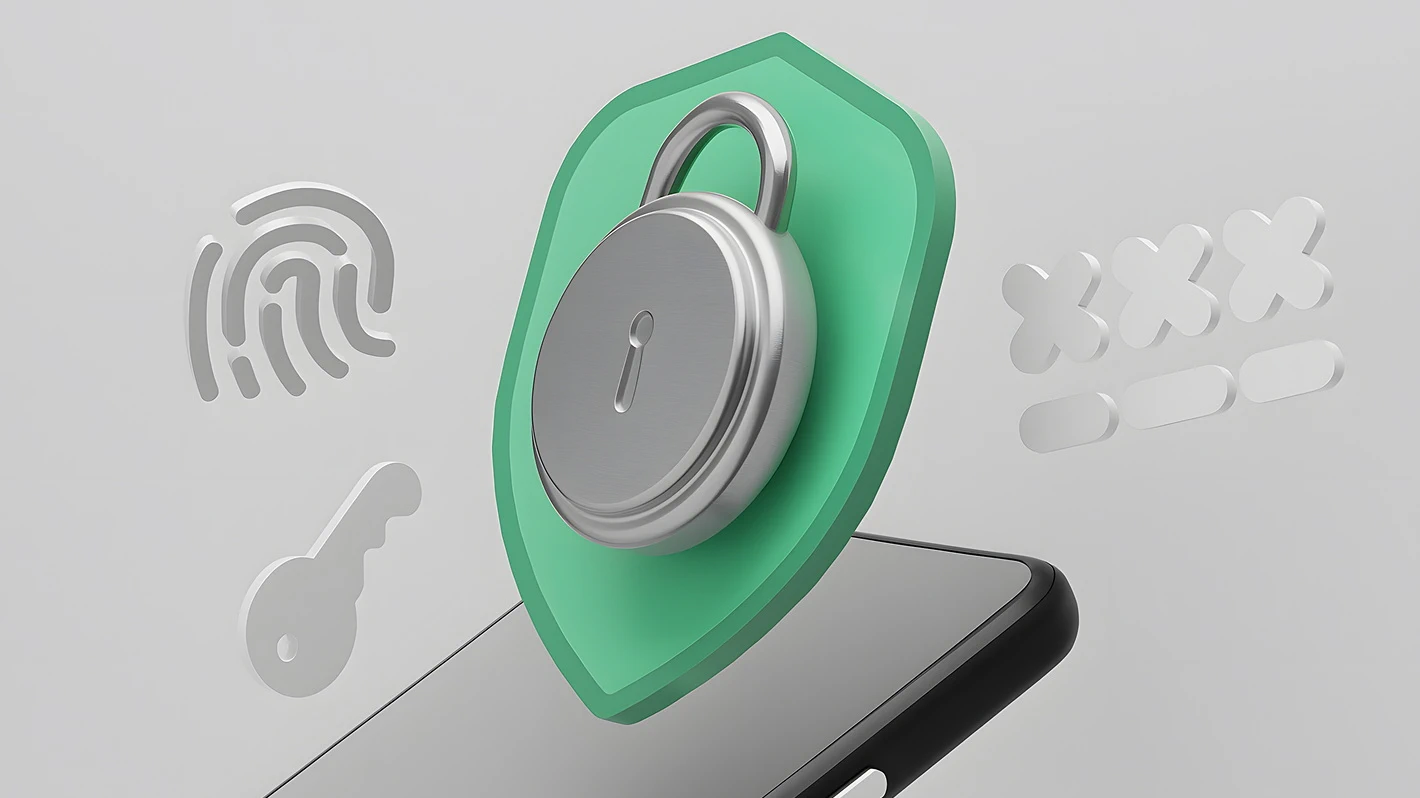The term “customer experience” is making its way into the popular business vernacular today, however, it seems as if many individuals are using the term without fully understanding the true meaning. When customer service experts, like a VP of Customer Success or VP of Customer Support, talk about “customer experience” they are not just referencing individual interactions a specific customer has had with a company or organization. Customer experience encompasses a variety of different kinds of interactions between consumers and businesses. Furthermore, customer experience is an integral part of customer relationship management or CRM. Successful customer experience practices involve implementing customer experience strategies aimed at enhancing interactions at every stage of contact with a consumer.
How Is Customer Experience Different From Customer Service
The common confusion between customer experience and customer service is understandable. These two aspects of customer retention are very closely linked. However, customer experience refers to the overall experience or all interactions a consumer/customer has with a company. Customer service is a reaction to a dissatisfied or confused customer or a customer who needs assistance. In other words, customer service is assistance provided to customers as a part of a customer experience strategy. That said, if the company’s customer experience strategy is robust, customer service should play a fairly minimal role in customer experience overall. Customer service should be considered a last line of defense to make sure the customer finds success.
3 Examples Of Customer Experience Strategy Excellence
Give Consumers Control While Simplifying Processes
What Does This Look Like?
Today more than ever consumers are taking their fate into their own hands. Technology has made it possible for companies to provide customers with access to programs and systems that allow personalized yet simplified experiences when making inquiries, signing up for services, changing subscriptions, and more. One company, in particular, is leading the way in providing consumers control over their products and services while simplifying their processes. AT&T has innovated a unique customer experience in their mobile app that allows customers to estimate pricing on new plans if they are considering switching to a plan with different features. If one of the new plans fits their budget and needs, they can upgrade or downgrade their plan right from the mobile app. The reason this customer experience strategy is unique is that many mobile service providers still require customers to call a customer service line or visit their retail stores to alter their plans. You can even view usage details from your mobile device that are traditionally only available in person, over the phone, or on a desktop.
Why Does This Work?
Allowing consumers control of their account with access to simplified pricing is a great way customer experience strategy because it saves the consumer time, money, and frustration. The customer’s overall perception of the company is better because they understand that their time is valued. The goal for this customer experience strategy is to make decisions simple for customers by providing control and clear programs or systems. Prioritizing customer success while utilizing self-service systems should be paramount when developing these types of programs.
Commit To Transparency With Your Customers
What Does This Look Like?
When experts talk about transparency with your customers we do not mean revealing your bank statements and finances to your customers or any other sensitive information. Instead, customers want transparency about pricing, processes, and products. Giving customers access to pricing right on your website is a great way to build trust in your brand and create a transparent customer experience. Many companies have trouble creating a set pricing structure and leave it up to consumers to contact a business to find out more about the cost of a product or service. Unfortunately, this lack of transparency can turn many potential customers away or cause them to choose a competitor that might provide easy access to pricing. Another example of transparency as a customer experience strategy is to invest in social media or online marketing that shows “behind the scenes” or day-to-day activities. This is a fantastic way to humanize your brand and company and build trust with your customers. While online content allows you to be transparent with your customers it also allows for careful curation of your brand’s image. In other words, a company’s marketing efforts can cultivate a brand image that is authentic but controlled for quality.
Why Does This Work?
Customers today have access to more information than ever before in history. This means that consumers, in general, are savvier than they once were. For this reason, it is important to maintain transparency with customers in almost every aspect of your business. In fact, a study by Label Insight found that “39 percent said they would switch to a new brand in the pursuit of product transparency.” Providing open and honest information about a company builds trust with a community of consumers that will foster relationships which ultimately lead to higher rates of customer retention.
Create An Effective Feedback Loop
What Does This Look Like?
The key word to focus on in this example is “effective”. There are many methods to gather feedback and create a feedback loop between a company and customers, however, a large majority of those approaches are not effective for one reason or another. For example, some companies are guilty of interrupting an online purchase or service to request feedback from a potential customer. While the user experience technology may be great and simple to use, the customer experience strategy aspect is just not there in regard to timing. Interruptions tend to frustrate customers and taint an otherwise favorable brand image. On the other hand, neglecting proper user interface development in favor of strategy and service can also be detrimental to creating a proper feedback loop. Some companies are seeking to strike the right balance between a great user interface and a proper customer experience by using Artificial Intelligence when collecting customer survey data. An AI interface allows the customer to get a personalized chat experience while the company reaps the benefits of a machine-driven data collection entity. Refining AI-generated text in these interactions is crucial to ensure tone, clarity, and helpfulness.
Why Does This Work?
Remember, the purpose of gathering this feedback data is to analyze it and use the findings to implement new policies or processes to continually improve the customer experience. Creating an effective feedback loop with your customers is a great way to create a failsafe for your customer experience continuous improvement activities. In other words, a constant stream of new information and ideas on ways to improve will ensure that your company has plenty of data to better serve customers as time goes on. Companies that stress effective customer feedback are generally industry leaders and innovators.
Final Thoughts
Delivering a great customer experience is one of the most rewarding aspects of business today. Rewarding experiences often do not come without hard work and a healthy dose of preparation. Customer service experts would say this is certainly true of building the perfect customer experience for clients. Not only is delivering a wonderful customer experience rewarding and fulfilling, making this your focus can be profitable for your company or organization as well. In fact, a study by Oracle found that “86% of buyers will pay more for a better brand experience.” Thought leaders and innovators are focusing more than ever on improving customer experience and building robust customer experience strategies. While there are many aspects of customer experience, focusing on using technology to give customers control while simplifying processes, committing to transparency with your customers, and developing a robust feedback loop are great customer experience strategies to start implementing today.












